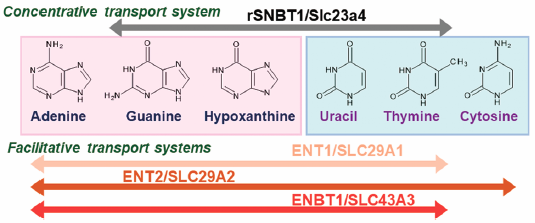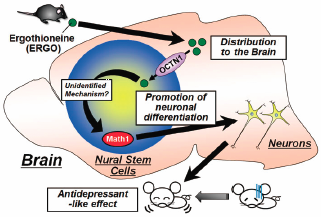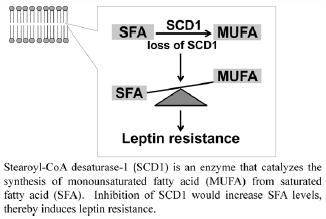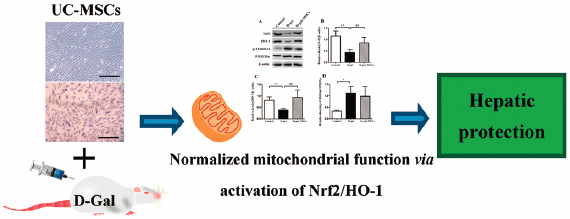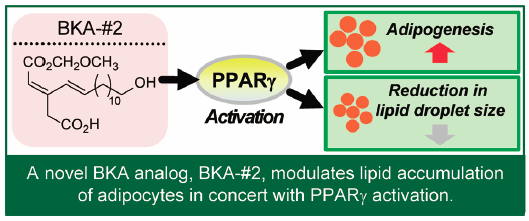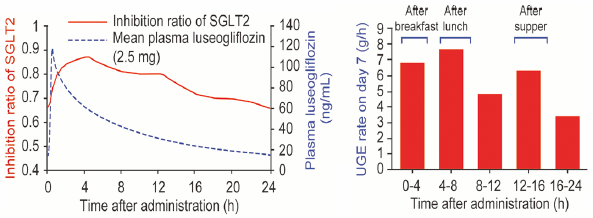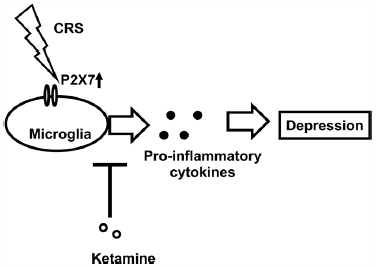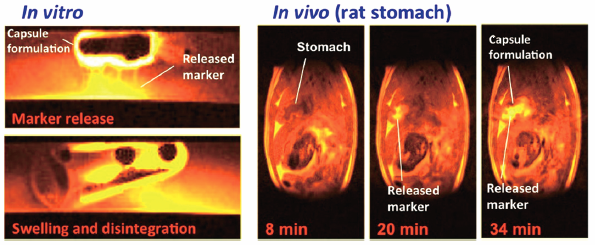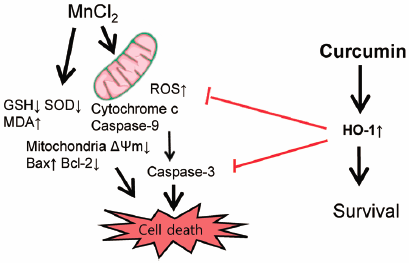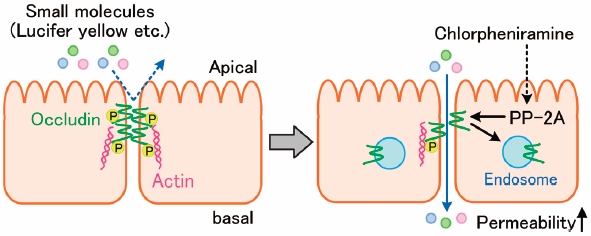40 巻, 8 号
選択された号の論文の29件中1~29を表示しています
- |<
- <
- 1
- >
- >|
Current Topics - Membrane Transporters as Targets for the Development of Drugs and Therapeutic Strategies
-
2017 年 40 巻 8 号 p. 1129
発行日: 2017/08/01
公開日: 2017/08/01
PDF形式でダウンロード (150K) HTML形式で全画面表示
Current Topics : Reviews
-
2017 年 40 巻 8 号 p. 1130-1138
発行日: 2017/08/01
公開日: 2017/08/01
PDF形式でダウンロード (515K) HTML形式で全画面表示 -
2017 年 40 巻 8 号 p. 1139-1145
発行日: 2017/08/01
公開日: 2017/08/01
PDF形式でダウンロード (3180K) HTML形式で全画面表示 -
2017 年 40 巻 8 号 p. 1146-1152
発行日: 2017/08/01
公開日: 2017/08/01
PDF形式でダウンロード (1043K) HTML形式で全画面表示 -
2017 年 40 巻 8 号 p. 1153-1160
発行日: 2017/08/01
公開日: 2017/08/01
PDF形式でダウンロード (638K) HTML形式で全画面表示
Communication to the Editor
-
2017 年 40 巻 8 号 p. 1161-1164
発行日: 2017/08/01
公開日: 2017/08/01
PDF形式でダウンロード (599K) HTML形式で全画面表示
Regular Articles
-
2017 年 40 巻 8 号 p. 1165-1173
発行日: 2017/08/01
公開日: 2017/08/01
PDF形式でダウンロード (530K) HTML形式で全画面表示 -
2017 年 40 巻 8 号 p. 1174-1182
発行日: 2017/08/01
公開日: 2017/08/01
[早期公開] 公開日: 2017/05/13PDF形式でダウンロード (6667K) HTML形式で全画面表示 -
 2017 年 40 巻 8 号 p. 1183-1191
2017 年 40 巻 8 号 p. 1183-1191
発行日: 2017/08/01
公開日: 2017/08/01
Editor's pickIn their report, Kumeda et al. examined Membrane integrity and morphological stability of salivary exosomes using dipeptidyl peptidase IV and CD9 as membrane makers, and Alix and Tsg101 as lumen markers. Neither localization nor levels of these marker proteins were changed in isolated exosomes after long-term storage at 4°C or multiple freeze-thaw cycles. Moreover, intact exosomes could be isolated from whole saliva refrigerated for a month. Components inside the exosomes were stable even after solubilization of membrane components with detergents such as Triton X-100. These results indicate that human saliva-derived exosomes are very stable, maintaining their membrane integrity over a long storage period.
PDF形式でダウンロード (2740K) HTML形式で全画面表示 -
2017 年 40 巻 8 号 p. 1192-1198
発行日: 2017/08/01
公開日: 2017/08/01
PDF形式でダウンロード (3339K) HTML形式で全画面表示 -
2017 年 40 巻 8 号 p. 1199-1206
発行日: 2017/08/01
公開日: 2017/08/01
PDF形式でダウンロード (1018K) HTML形式で全画面表示 -
2017 年 40 巻 8 号 p. 1207-1218
発行日: 2017/08/01
公開日: 2017/08/01
PDF形式でダウンロード (1087K) HTML形式で全画面表示 -
2017 年 40 巻 8 号 p. 1219-1225
発行日: 2017/08/01
公開日: 2017/08/01
PDF形式でダウンロード (4383K) HTML形式で全画面表示 -
2017 年 40 巻 8 号 p. 1226-1231
発行日: 2017/08/01
公開日: 2017/08/01
PDF形式でダウンロード (465K) HTML形式で全画面表示 -
2017 年 40 巻 8 号 p. 1232-1239
発行日: 2017/08/01
公開日: 2017/08/01
PDF形式でダウンロード (1916K) HTML形式で全画面表示 -
2017 年 40 巻 8 号 p. 1240-1246
発行日: 2017/08/01
公開日: 2017/08/01
[早期公開] 公開日: 2017/05/13PDF形式でダウンロード (471K) HTML形式で全画面表示 -
2017 年 40 巻 8 号 p. 1247-1254
発行日: 2017/08/01
公開日: 2017/08/01
PDF形式でダウンロード (2247K) HTML形式で全画面表示 -
2017 年 40 巻 8 号 p. 1255-1259
発行日: 2017/08/01
公開日: 2017/08/01
PDF形式でダウンロード (549K) HTML形式で全画面表示 -
2017 年 40 巻 8 号 p. 1260-1267
発行日: 2017/08/01
公開日: 2017/08/01
PDF形式でダウンロード (1006K) HTML形式で全画面表示 -
2017 年 40 巻 8 号 p. 1268-1274
発行日: 2017/08/01
公開日: 2017/08/01
PDF形式でダウンロード (2335K) HTML形式で全画面表示 -
2017 年 40 巻 8 号 p. 1275-1281
発行日: 2017/08/01
公開日: 2017/08/01
[早期公開] 公開日: 2017/05/20PDF形式でダウンロード (753K) HTML形式で全画面表示 -
2017 年 40 巻 8 号 p. 1282-1288
発行日: 2017/08/01
公開日: 2017/08/01
[早期公開] 公開日: 2017/05/20PDF形式でダウンロード (997K) HTML形式で全画面表示 -
2017 年 40 巻 8 号 p. 1289-1298
発行日: 2017/08/01
公開日: 2017/08/01
PDF形式でダウンロード (1932K) HTML形式で全画面表示 -
2017 年 40 巻 8 号 p. 1299-1305
発行日: 2017/08/01
公開日: 2017/08/01
PDF形式でダウンロード (2178K) HTML形式で全画面表示 -
2017 年 40 巻 8 号 p. 1306-1313
発行日: 2017/08/01
公開日: 2017/08/01
[早期公開] 公開日: 2017/05/18PDF形式でダウンロード (1305K) HTML形式で全画面表示 -
2017 年 40 巻 8 号 p. 1314-1319
発行日: 2017/08/01
公開日: 2017/08/01
PDF形式でダウンロード (525K) HTML形式で全画面表示
Notes
-
2017 年 40 巻 8 号 p. 1320-1325
発行日: 2017/08/01
公開日: 2017/08/01
[早期公開] 公開日: 2017/05/25PDF形式でダウンロード (594K) HTML形式で全画面表示 -
2017 年 40 巻 8 号 p. 1326-1330
発行日: 2017/08/01
公開日: 2017/08/01
PDF形式でダウンロード (3173K) HTML形式で全画面表示 -
2017 年 40 巻 8 号 p. 1331-1335
発行日: 2017/08/01
公開日: 2017/08/01
PDF形式でダウンロード (769K) HTML形式で全画面表示
- |<
- <
- 1
- >
- >|

